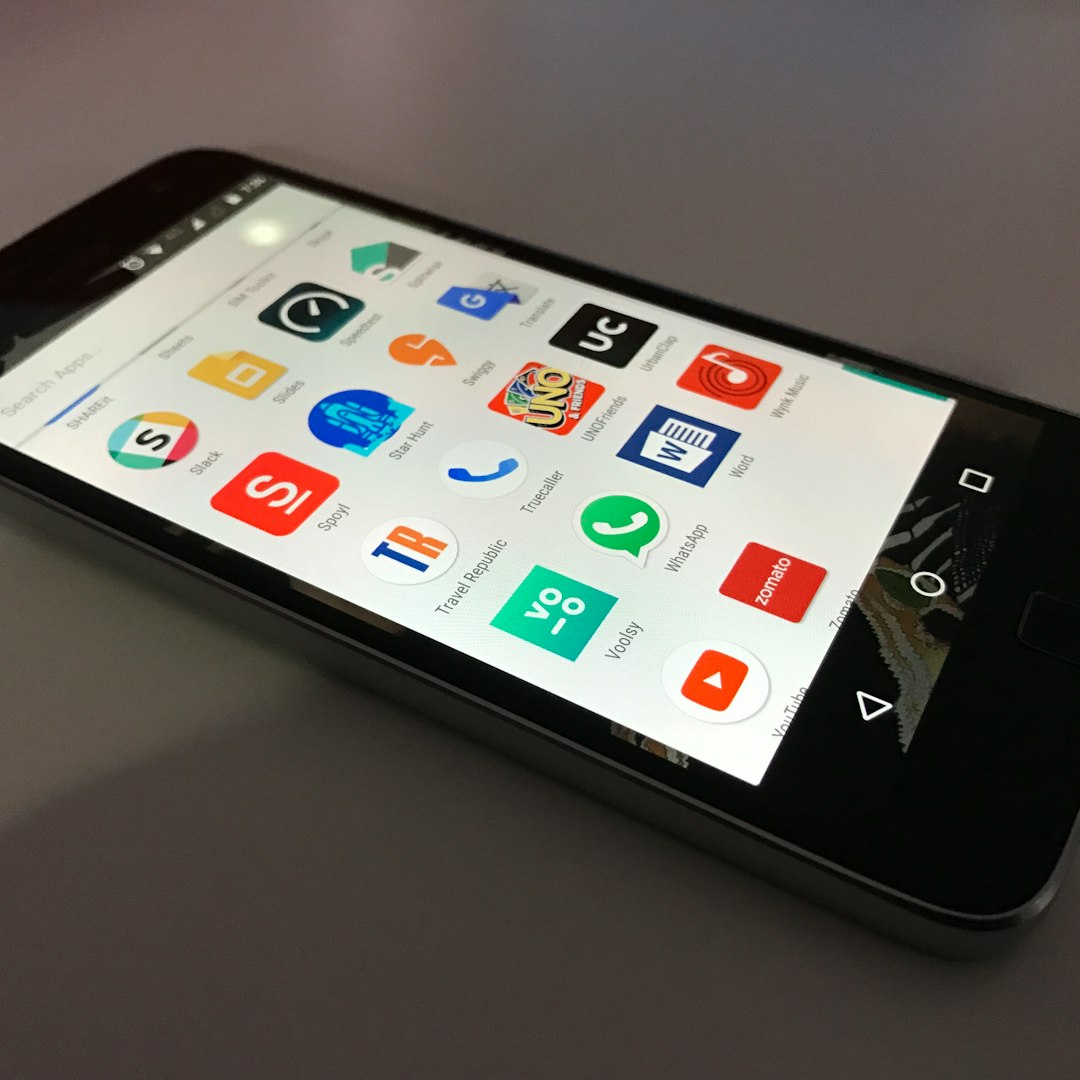My GTD reboot part 3: Getting Apps Done

This is part 3 of a miniseries on rethinking my philosophy and implementation of Getting Things Done (GTD). Here's the first post; here's the second one. For background, here's a 15-minute overview of GTD for newbies and here's the page for my GTD for Academics series.
The story so far: After returning to work last fall from a year-long sabbatical, I found I was struggling to use GTD as I had for almost 10 years prior. Then, thanks to being on an 8-week medical leave for heart surgery, I had the time and space to reconsider my basic assumptions and practice of GTD and experiment with a complete gut-and-remodel of my GTD implementation. During this rebooting period, I first tried to re-implement my current GTD methods using different software apps, which helped me pinpoint the big-picture issues I was encountering, which then got me to try different workflows and practices, which then led to trying more apps... and so on.
As I wrote in the first post, during the initial part of this reboot, I discovered that three core values about work, life, and how I engage with them had evolved in the 10 years since I'd started with GTD:
- The integration of organization and execution. Having a trusted, powerful information system for holding and retrieving data on all my "stuff" isn't enough. I also need tools that empower doing that stuff. And those tools cannot be disjoint from each other.
- Radical simplicity. Tools and systems need to have only the features that are necessary, and everything should be there for a reason. Anything else adds an unnecessary layer of complexity that adds friction, and at my age and with my level of busyness, I can't afford that.
- Flexibility over features. High-tech and more feature-rich is not necessarily better. Every bells or whistle on my tools, systems, or processes is one more degree of freedom lost in using them. I want to make the rules for how I work, and the job of my tools, systems, and processes is to allow me to do it with the least amount of friction.
In the second post, I wrote about my efforts to change up my daily workflows to put these values closer to the center. This necessarily involves a discussion of software apps for GTD, which is what this whole post is about. But let me make two things very clear:
- A person's choice of apps to use for GTD is a highly personal decision. What works for one person will be dysfunctional for another. This is OK and we should not try to evangelize for our favorite app.
- GTD is not about apps anyway. GTD is about behavior change and habits about managing your attention and your "stuff" in a certain way. I get frustrated when I look at discussion boards or articles about productivity and the only thing people seem to want to talk about it apps, apps, apps --- and never about the underlying habit formation and behavior change that has to come first. People want dessert without eating their vegetables, and it's the main reason people flunk out of GTD (that, and not doing weekly reviews).
So in the discussion that follows, just relax --- and be careful when it comes to apps for GTD. David Allen himself has said (in Making It All Work) that if you build the underlying behaviors first, then you'll be pleasantly surprised at the broad array of tools that will work for you. But if you start with apps, only that one app will "work" and the definition of "work" is going to be perilously narrow. And realize that the apps I gravitate toward may not be the ones you like, and again, this is OK. (And please skip the part where you evangelize me to use your app.)
My current app framework and what's wrong with it
Up until the reboot started, my trusted system consisted of ToDoist for task management, Evernote for support materials, and Google Drive for files --- augmented by Google Keep as a quick capture system. More info here. And regarding what's wrong with this "tool stack", the answer is: Nothing, really. These apps have been fine for my GTD use and there's no real need to change it.
But sometimes in life when you find yourself in a dead end or a plateau, you just need to make a change and try something different even if you don't strictly "need" to. So while ToDoist and Evernote are tremendously well-developed apps and worth the love that many show for it, I decided I needed to shake things up and audition some new faces in my app ecosystem. Like, around a dozen of them. And I learned some valuable things from the experience, because each of those GTD tools out there are written with different underlying assumptions about how GTD works and about how GTD users work, and figuring out the degree of fit between the values embodied by these software apps and the values that I personally have, turns out to be a very interesting and instructive exercise.
Non-negotiables for GTD software
Trying out all these apps, I came up with a list of characteristics and features that I decided must be embodied in the software in order for me to adopt it:
- The software has to be software --- no paper-based systems --- and it has to be multi-platform, with robust syncing across multiple devices. I love analog tools, and I gave serious consideration to replacing my current setup with a paper-and-pen approach, like bullet journaling. The more I thought about this, though, the more the concept of having my entire life and work in a single notebook --- prone to being lost or damaged or destroyed with no backups --- terrified me too much to go there. So it's got to be computer-based for me, and since I do most of my work on a Pixelbook and the rest of it on an Android phone but sometimes have to cross over to use a Mac or a Windows machine, whatever system I use cannot be locked into one hardware ecosystem. (That automatically eliminated some apps otherwise well worth considering, like Things or OmniFocus which are for macOS and iOS only.) And because I work on multiple devices each day, the software has to have syncing that is completely bulletproof. (That was the downfall of todo.txt which I otherwise loved using.)
- It has to have a good web interface and mobile experience. Being mostly on a Chromebook, my default interface to basically anything is a browser tab, so my GTD tool has to have a good web interface. When I'm not on my Pixelbook I am on my Android phone, so it also has to have a good mobile app, and I strongly prefer that the mobile app not only work well but also have a similar user experience to the web interface. I'll say more about that later, but suffice to say that if the desktop or web app behaves one way and the Android app completely another, it's irritating.
- It has to be simple and flexible. The tool should have a minimal set of features --- only what's necessary, and no more, and there is a reason for everything it has and does. As a corollary, and in a big reversal from my past practice, I avoided any app that described itself as "feature-rich". (That is, I tried some of these out with an open mind but wasn't optimistic about their future and my non-optimism was consistently justified.) "Feature-rich" usually is code from the developers for "we added a whole lot of bloat that isn't necessary but makes it look better than the other tools that are also full of bloat." I've seen very few features added to productivity software that didn't eventually become constraints --- rules that I have to follow, as opposed to the app working the way I want it to. About half of the apps I auditioned in this process I ended up not using because they had too many features --- so many that it became a chore to use the app, and I got tired of an app telling me "No, you can't do that" because features.
- It cannot add too much additional expense to my budget. I'm OK with paying for software, but the expense has to be commensurate with the product, and a simple product (see previous point) shouldn't cost that much. Alternatively, if I can take a tool I'm already paying for and using, and making it work as a GTD tool, then the expense is already written into the budget so that's OK.
- There must be basic but functional tagging and search/filter capabilities. I mentioned that having an information system that can slice and dice my "stuff" by context, location, tools, energy available, etc. isn't sufficient for my GTD system anymore — but it is important to be able to add searchable metadata to tasks like contexts, etc. to allow targeted searching. (That's another problem with paper-based systems — manual searching is a pain.)
- It has to be visually appealing. I spend a lot of time in my GTD tools and if they are clunky, cluttered, over-the-top, or just plain ugly, it's going to be demotivating to use them.
- It has to have a simple, flexible method for exporting data. Finally, this reboot experiment is a reminder that my mind can change, and perhaps I might try something different for 3 months now but then go back to what I used before. So there has to be a way to easily get my data out of the system in a variety of useful formats so I can stick it into another system if I want to. (Again, I make the rules here.)
After I made this list of seven non-negotiables, I was surprised at some of the things I didn't put on the list --- like certain features that I'd previously considered essential, like due dates for tasks, recurring tasks, the ability to email items directly into the app, the ability to embed or attach files, and so on. I decided that many of these things simply aren't necessary, and if I had thought they were necessary, then maybe I just haven't simplified enough.
For example, take due dates. In my updated view, these aren't necessary in a GTD app. If a task has a real deadline, put the task in the GTD tool but put the deadline on your calendar, which is supposed to be the sole source of truth about time-sensitive "hard landscape" items. If do you that, then you eliminate another common "need", namely having a two-way sync between the GTD app and the calendar app. Just keep all time-sensitive info on the calendar and leave the GTD app alone. Radical simplicity.
So, after auditioning over a dozen different apps and filtering them through my must-have criteria, I came down to two tools that I spent significant time with before picking one. In the next post, maybe the next two, I'll show you which ones made the cut, how I set each one up for GTD according to my updated values and rules, and how I decided on the one that I am sticking with (for now).


